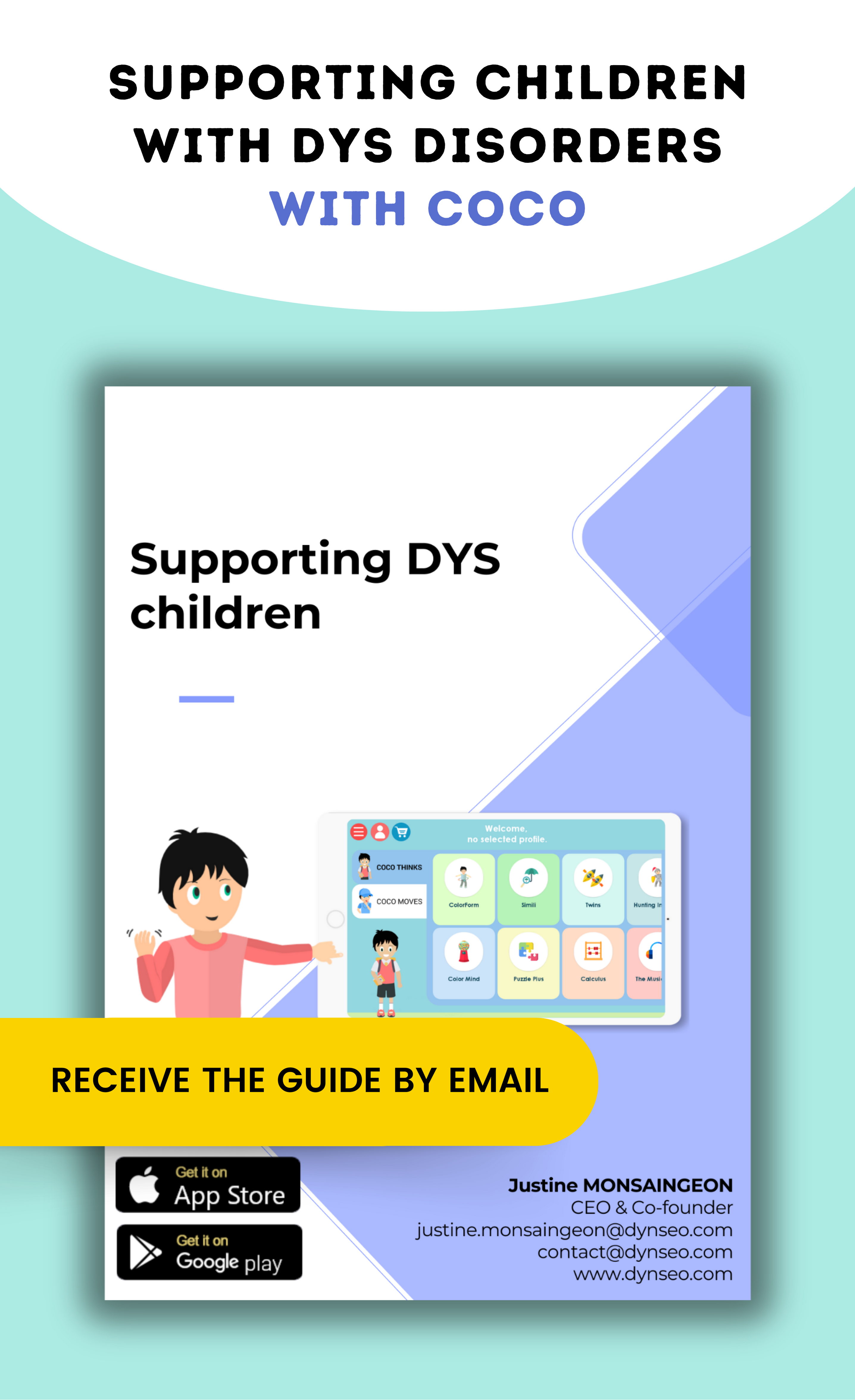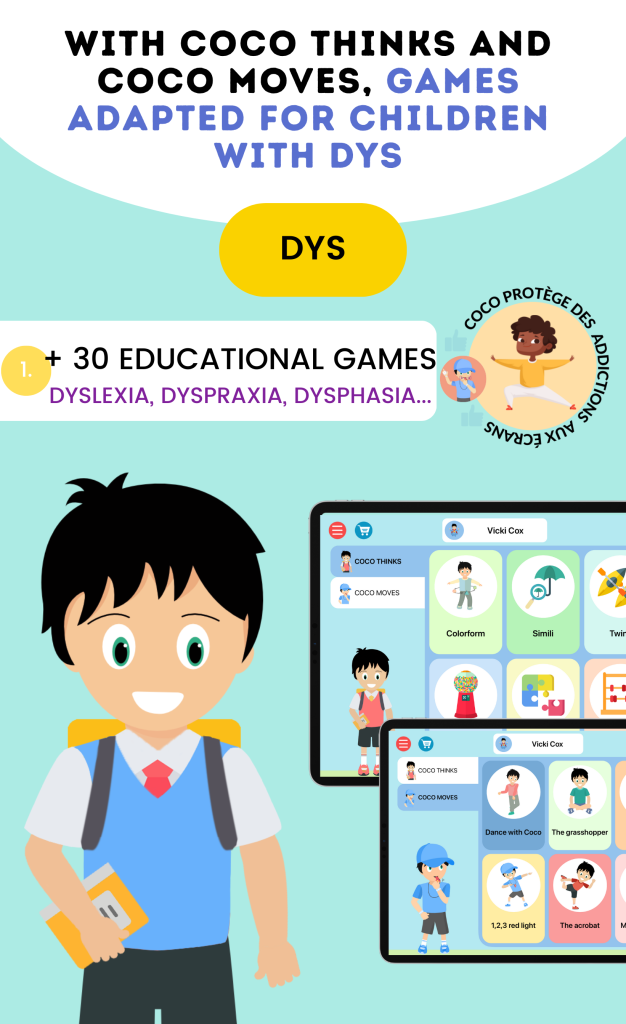Dysgraphia is a specific learning disability that primarily affects an individual’s ability to write. It encompasses a range of difficulties, including issues with handwriting, spelling, and organizing thoughts on paper. Children with dysgraphia often struggle with the physical act of writing, which can be attributed to underlying challenges in fine motor skills.
These skills are essential for tasks that require precise hand movements, such as holding a pencil, forming letters, and spacing words correctly. As a result, students with dysgraphia may find themselves frustrated and overwhelmed when faced with writing assignments, leading to a negative impact on their overall academic performance. The effects of dysgraphia extend beyond the classroom.
Children who experience difficulties with writing may also face challenges in expressing their thoughts and ideas effectively. This can lead to a lack of confidence in their abilities and a reluctance to participate in activities that require written communication. Furthermore, the struggle with fine motor skills can hinder their ability to engage in other essential tasks, such as drawing or using scissors.
Understanding dysgraphia is crucial for educators and parents alike, as it allows them to provide the necessary support and interventions to help these students thrive.
IMPORTANCE OF FINE MOTOR SKILLS FOR STUDENTS WITH DYSGRAPHIA
-
Crucial for Handwriting Development
-
Fine motor skills involve precise hand and finger movements necessary for holding and controlling a pencil.
-
Students with dysgraphia often struggle with these skills, resulting in poor letter formation, inconsistent spacing, and slow writing speed.
-
-
Impact on Academic Performance
-
Underdeveloped fine motor skills can make it difficult to complete written tasks, leading to frustration, reduced productivity, and lower academic outcomes.
-
Students may avoid writing altogether, missing opportunities to express their knowledge and engage with learning content.
-
-
Emotional and Social Consequences
-
Constant difficulty with writing can lead to low self-esteem, anxiety, and a reluctance to participate in classroom activities.
-
Enhancing fine motor skills can increase confidence and encourage a more positive attitude toward schoolwork.
-
-
Essential for Daily Living Skills
-
These skills are also necessary for everyday tasks like tying shoelaces, buttoning clothes, and using utensils, all of which foster independence and social integration.
-
Students who improve fine motor coordination are better equipped to manage both school and home responsibilities.
-
-
Foundation for Long-Term Success
-
Strengthening fine motor skills provides students with the tools needed for effective learning and personal development.
-
Early intervention and targeted practice support not only academic growth but also lifelong functional skills.
-
-
Support from Educators and Families is Key
-
Teachers and parents can incorporate fine motor activities—such as drawing, cutting, or threading beads—into daily routines.
-
Collaboration with occupational therapists can help create individualized strategies that address each student’s specific needs.
-
By prioritizing fine motor development, we give students with dysgraphia the support they need to thrive both in and out of the classroom.
FINE MOTOR SKILL EXERCISES: ACTIVITIES TO SUPPORT STUDENTS WITH DYSGRAPHIA
-
Beading and Threading
-
Threading beads onto strings improves hand-eye coordination, precision, and fine finger control.
-
Vary bead sizes to adjust the challenge level for different ages and abilities.
-
-
Tweezer Games
-
Using tweezers or tongs to pick up small objects (like cotton balls, pom-poms, or buttons) helps strengthen the small muscles in the hands.
-
Turn this into a fun sorting game by using color-coded containers.
-
-
Playdough and Modeling Clay Activities
-
Encourage students to roll, pinch, twist, and flatten clay to build finger strength and dexterity.
-
Create letters, numbers, or small objects to combine creativity with skill development.
-
-
Cutting with Scissors
-
Practice cutting out shapes, lines, or patterns from paper to enhance hand control and coordination.
-
Start with simple straight lines, then progress to curves and intricate shapes.
-
-
Origami and Paper Folding
-
Folding paper into animals or objects improves precision, sequencing skills, and visual-motor integration.
-
Origami also encourages patience and concentration.
-
-
Lacing Cards or Shoes
-
Using cards with holes or practicing with real shoes to lace and tie promotes fine motor control and independence in everyday tasks.
-
-
Pegboards and Mosaic Tiles
-
Placing small pegs into boards or arranging mosaic tiles strengthens finger muscles and visual-spatial planning.
-
These are especially useful for developing grip strength and endurance.
-
-
Squeeze Balls or Therapy Putty
-
Squeezing stress balls or therapy putty can improve hand strength and relieve tension.
-
Great for short brain breaks or transition times in the classroom.
-
-
Drawing and Tracing
-
Encourage free drawing, tracing shapes, or using stencils to practice controlled hand movements without focusing on handwriting.
-
Use different writing tools (markers, crayons, chalk) to keep it engaging.
-
By incorporating these activities regularly, students with dysgraphia can gradually build the fine motor strength and coordination needed for writing tasks—while having fun and gaining confidence along the way.
SENSORY ACTIVITIES: USING SENSORY PLAY TO ENHANCE FINE MOTOR SKILLS IN STUDENTS WITH DYSGRAPHIA
-
Sensory Bins
-
Fill bins with materials like rice, dry beans, sand, pasta, or kinetic sand.
-
Encourage students to scoop, sift, pour, and dig using hands, spoons, or small containers.
-
Builds grip strength, finger dexterity, and tactile awareness.
-
-
Water Play
-
Provide containers of different sizes for pouring, transferring, and measuring water.
-
Use sponges, basters, or eye droppers to strengthen hand muscles and promote precision.
-
Great for hand-eye coordination and bilateral coordination (using both hands together).
-
-
Finger Painting
-
Allow students to paint with their fingers on paper or textured surfaces.
-
Enhances sensory feedback, creativity, and fine motor control.
-
Use thick, vibrant paints or mix in sand for added tactile input.
-
-
Textured Material Exploration
-
Introduce materials such as felt, bubble wrap, fabric scraps, or sandpaper.
-
Encourage tracing shapes, pressing, or pinching textures to stimulate fingers.
-
Improves sensation and fine motor planning.
-
-
Playdough Sensory Tasks
-
Add scents, beads, or textures to playdough for extra sensory input.
-
Encourage students to roll, flatten, and mold it into letters or shapes.
-
Supports strength and manipulation skills while keeping it enjoyable.
-
-
Sensory Trails or Obstacle Courses
-
Create mini-trails with textures (fabric, foam, sandpaper) where students walk or crawl using hands.
-
Enhances gross and fine motor coordination and multi-sensory integration.
-
-
Feely Bags or Mystery Boxes
-
Place various small objects in a bag or box and ask students to identify them by touch.
-
Encourages tactile discrimination and fine motor precision when retrieving items.
-
-
Sound and Texture Matching Games
-
Combine auditory and tactile input by matching textured items with corresponding sounds (e.g., crinkly paper, jingling bells).
-
Engages multiple senses and reinforces attention and coordination.
-
Integrating sensory play into daily routines offers a powerful, hands-on way to support fine motor development in students with dysgraphia—making skill-building both fun and meaningful.
Fine Motor Skill Tools and Resources: Supporting Students with Dysgraphia
Supporting students with dysgraphia involves providing access to tools and resources that enhance fine motor development while making writing tasks more manageable and less frustrating. A variety of adaptive writing tools can help students maintain a proper grip and reduce hand fatigue. These include:
-
Ergonomic pencils and pens – Designed for comfort and easier handling.
-
Pencil grips – Encourage correct finger positioning and relieve pressure on the hand.
-
Weighted pencils or pens – Stabilize hand movement and improve control.
-
Slant boards – Promote better posture and wrist alignment during writing tasks.
To build hand strength and endurance, students benefit from using hand-strengthening tools that target specific muscle groups involved in writing:
-
Theraputty or resistance putty – Used for squeezing, stretching, and molding to improve strength.
-
Stress balls and grip trainers – Help enhance muscle tone and hand stamina.
-
Tweezer tools and clothespins – Develop the pincer grasp and overall fine motor coordination.
Educational resources such as workbooks and printables provide structured practice:
-
Tracing and pre-writing books – Help with shape and letter formation.
-
Maze and dot-to-dot puzzles – Improve visual tracking and pencil control.
-
Handwriting practice sheets – Reinforce consistent letter formation and spacing.
Digital tools can make fine motor practice more engaging:
-
Apps like Dexteria and LetterSchool – Offer fun tracing and coordination games.
-
Online handwriting programs – Such as Handwriting Without Tears provide guided instruction.
-
Interactive whiteboards and tablets – Encourage stylus or finger tracing in a tech-friendly format.
In the classroom, additional supports are beneficial:
-
Visual aids and anchor charts – Show grip techniques and posture reminders.
-
Specialized paper – Raised or highlighted lines guide letter placement.
-
Timers or task checklists – Help students pace themselves and stay organized.
Finally, assistive technology plays a critical role for students who need alternatives to handwriting:
-
Speech-to-text tools – Allow students to complete writing assignments using their voice.
-
Keyboarding programs – Teach efficient typing skills.
-
Word prediction software – Supports writing fluency by reducing spelling challenges.
By combining these resources, educators and parents can create a supportive and flexible environment that empowers students with dysgraphia to strengthen their fine motor skills and succeed in their academic tasks.
Occupational Therapy for Dysgraphia: Improving Fine Motor Skills Through Targeted Support
Occupational therapy (OT) plays a vital role in helping students with dysgraphia by addressing the fine motor skill difficulties that impact their writing abilities. Through individualized assessment and intervention, occupational therapists are able to identify the specific challenges a student faces with tasks such as handwriting, grip strength, or finger coordination. Based on these evaluations, therapists create tailored intervention plans that focus on improving core areas like pencil control, hand strength, and dexterity.
-
Skill-building activities are central to OT for dysgraphia. These may include:
-
Hand-strengthening exercises such as squeezing therapy putty, using resistance bands, or playing with stress balls.
-
Fine motor coordination drills, including threading beads, lacing cards, or practicing in-hand manipulation tasks.
-
Structured writing practice involving tracing, copying, and adapting letter formation exercises to suit individual student needs.
-
-
Specialized tools and techniques also enhance therapy outcomes:
-
Adaptive tools like pencil grips, slant boards, or weighted pencils help improve writing posture and control.
-
Sensory-friendly strategies are introduced to minimize distractions and help students focus during writing tasks.
-
Technology integration—such as typing programs, tablets, or voice-to-text software—can provide essential alternatives when handwriting becomes too difficult.
-
-
Development of self-regulation skills is another key element in OT:
-
Therapists teach emotional and behavioral coping strategies, such as deep breathing, mindfulness, and the use of movement breaks.
-
These techniques support students in managing writing-related anxiety and frustration, improving their overall learning experience.
-
-
Collaboration with teachers and families ensures consistent support across all environments:
-
Therapists provide exercises, recommendations, and tools that can be used both at school and at home.
-
As a result of occupational therapy, many students with dysgraphia experience improvements in handwriting legibility, stamina, and academic confidence. They also gain greater independence not only in classroom tasks but in daily self-care routines that rely on fine motor precision.
Tips for Parents and Educators: Strategies and Tips for Supporting Students with Dysgraphia in Developing Fine Motor Skills
-
Maintain open communication between parents and educators to ensure consistency in strategies and to track student progress effectively.
-
Celebrate small achievements to build confidence and motivation. Positive reinforcement encourages continued effort and reduces frustration.
-
Integrate fine motor practice into daily routines, such as cooking, gardening, or dressing. These activities naturally strengthen hand and finger muscles.
-
Use engaging activities like arts and crafts, playdough, and puzzles to develop fine motor control in a fun, low-pressure environment.
-
Provide structured practice time each day, incorporating tools such as:
-
Pencil grips and ergonomic pens
-
Tweezers and tongs for hand strengthening
-
Tracing books and writing guides
-
Slant boards to improve posture and comfort
-
-
Be consistent but flexible with routines. Regular practice is essential, but it’s important to adjust based on the child’s mood, fatigue, or stress levels.
-
Offer choices in activities to promote independence and ownership. When students can choose how to practice, they are often more engaged.
-
Avoid comparisons with peers. Each child’s journey with dysgraphia is unique; focusing on personal growth is more constructive.
-
Teach and encourage a growth mindset, helping students understand that skills improve with time and effort, not overnight.
-
Collaborate with specialists like occupational therapists when needed to create tailored interventions and to access professional support.
-
Use technology and visual aids (e.g., apps, letter formation charts, video modeling) to provide multi-sensory input that enhances learning.
-
Be patient and encouraging, reinforcing that progress may be slow but is meaningful. Supportive adults play a crucial role in a child’s success.
By using these strategies, parents and educators can work together to help students with dysgraphia strengthen their fine motor skills and build the confidence needed for academic and everyday success.





